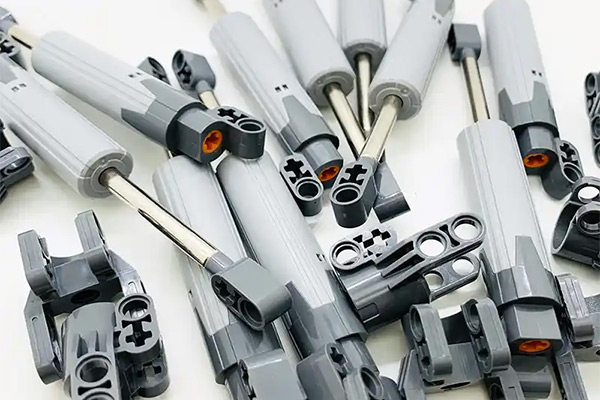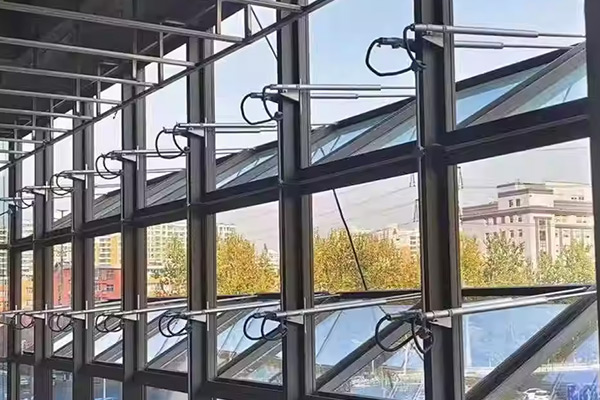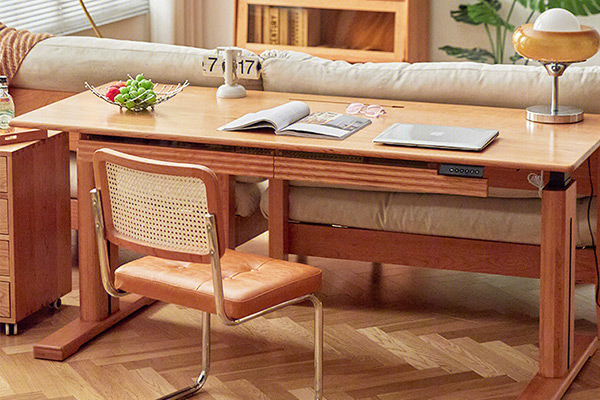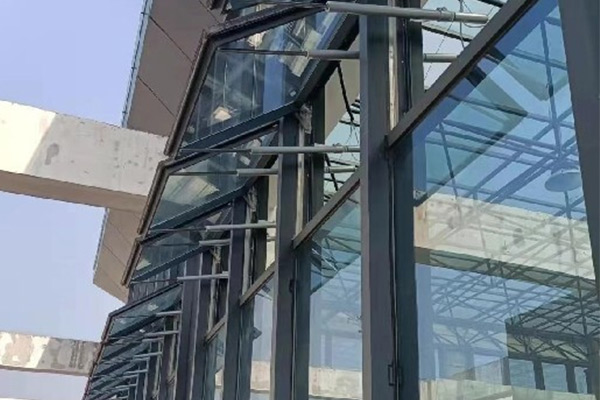Modular Design: Drastically Lowering the DIY Barrier for Electric Lifting Columns
In modern home and office environments, ergonomics and smart technology have become irreversible trends. Electric standing desks, adjustable workstations, and similar products are highly sought after due to their health benefits and convenience. However, for many DIY enthusiasts, building an electric lifting column system themselves often presents numerous challenges, including complex mechanical structures, circuit connections, and control programming. This undoubtedly raises the barrier to DIY. But with the deepening application of modular design, this situation is being completely transformed, making DIY electric lifting columns easier than ever before.
The pain points of traditional DIY: Complexity and Specialization
In the past, to DIY an electric lifting column, you needed:
Precise Mechanical Design: Calculating forces, selecting appropriate guide rails and bearings, and ensuring smooth, wobble-free lifting.
Complex Motor and Transmission Systems: Specifying DC or AC motors, designing gears, lead screws, or belt drives to achieve precise speed and torque control.
Tedious Circuit Connections: Soldering and wiring components like motors, limit switches, and control panels. Even a slight mistake could lead to malfunctions.
Professional Control Programming: Writing microcontroller code to implement lift control, memory height, anti-pinch functions, which required significant programming knowledge.
These steps not only demanded that DIYers possess interdisciplinary professional knowledge but also required a substantial investment of time and effort in learning and practice, making DIY electric lifting columns exclusive to a few "hardcore" enthusiasts.
Modular Design: The Magic of Simplification
Modular design, as the name suggests, involves breaking down a complex system into multiple independent, standardized modules. Each module has a specific function and connects through a unified interface. When applied to electric lifting columns, this concept demonstrates an astonishing ability to "simplify the complex":
1. Structural Modularization: No Longer a Mechanical Expert
Traditional lifting columns have complex internal structures, but modular design simplifies them into a few core components: lifting section modules, motor drive modules, and base/top plate connection modules.
Lifting Section Modules: Typically contain core lifting components like guide rails, sliders, and lead screws. Manufacturers pre-assemble and debug these, ensuring smooth and precise lifting. DIYers simply choose the appropriate lift stroke and load capacity, eliminating the need to design complex internal structures themselves.
Motor Drive Modules: Integrate the motor, gearbox, and encoder, and can even connect directly to the lead screw. The advent of this module completely frees DIYers from the worries of motor selection, gear ratio calculations, and gearbox assembly. They just need to simply connect power and control signals.
These highly integrated modules allow DIYers to quickly assemble the desired lifting column like building with LEGO bricks, greatly reducing the reliance on mechanical design and manufacturing capabilities.
2. Electrical Modularization: Plug-and-Play, No Soldering Needed
Electrical connections were once a major difficulty in DIY. Modular design solves this problem in the following ways:
Integrated Controller Modules: Drive circuits, power management, and interface circuits are highly integrated into a compact control box, often with rich input/output interfaces compatible with various sensors and control panels.
Standardized Connectors: Utilizes foolproof plugs and pre-fabricated cables. All connections between modules use standardized plug-and-play methods, eliminating the need for soldering, reducing the likelihood of wiring errors, and significantly shortening installation time.
Integrated Sensors: Limit switches, Hall encoders, and other sensors are typically integrated within the lifting section or motor drive modules, eliminating the need for additional installation and wiring.
This means DIYers no longer need professional electronics knowledge. They just follow the instructions to connect the corresponding plugs of different modules to complete the electrical system setup.
3. Control Modularization: From Zero Coding to One-Click Configuration
Programming was once a "roadblock" that deterred many DIYers. Modular design lowers the barrier to control programming through:
Pre-programmed Firmware: Many controller modules have built-in general lifting control programs that support various operating modes (e.g., jog, memory height, anti-pinch). DIYers simply configure parameters through simple buttons or PC software, without writing a single line of code.
Visual Programming Interfaces (Optional): Some high-end modules may offer graphical programming interfaces, allowing users to drag and drop modules to achieve customized functions, further reducing programming difficulty.
Open APIs/Communication Protocols (Optional): For DIYers with higher customization needs, some modules also provide open APIs or communication protocols like Modbus and CAN, facilitating integration with other smart home systems.
Now, DIYers can focus on implementing the functions they desire instead of getting bogged down in complex code logic.
Profound Impact of Modular Design
Modular design not only lowers the DIY barrier for electric lifting columns but also brings multiple benefits:
Shorter Development Cycles: Pre-fabricated modules significantly reduce the time from concept to finished product.
Lower Costs: Mass-produced standardized modules often have cost advantages over custom parts.
Improved Reliability: Industrial-grade modules, rigorously tested, boast higher stability and durability.
Easy Maintenance and Upgrades: When a module malfunctions, only that specific module needs to be replaced, avoiding total discard; future upgrades for new functions can also be easily achieved by replacing individual modules.
Ignites Innovation: When basic functions are handled by modular solutions, DIYers can devote more energy to innovative applications, such as combining with the Internet of Things for remote control, voice control, or even developing AI-based adaptive height adjustment systems.
Conclusion
The modular design of electric lifting columns is undoubtedly a "democratizing revolution" in the DIY field. It breaks down what was once a professional and complex system into easy-to-understand and assemble units, enabling more people to build their own smart lifting equipment. Whether you want to add dynamism to your office desk or give your coffee table smart lifting capabilities, modular design provides a clear and convenient path. In the future, we can expect more smart hardware products based on modular concepts to emerge, allowing the joy and creativity of DIY to be more widely unleashed.
-

Modular Design: Drastically Lowering the DIY Barrier for Electric Lifting Columns
-

Modular Design: Drastically Lowering the DIY Barrier for Electric Lifting Columns
-

Modular Design: Drastically Lowering the DIY Barrier for Electric Lifting Columns
-

Modular Design: Drastically Lowering the DIY Barrier for Electric Lifting Columns

